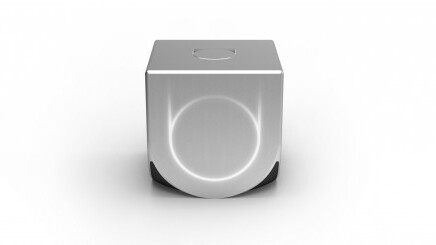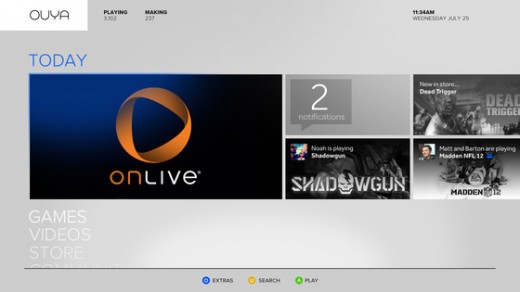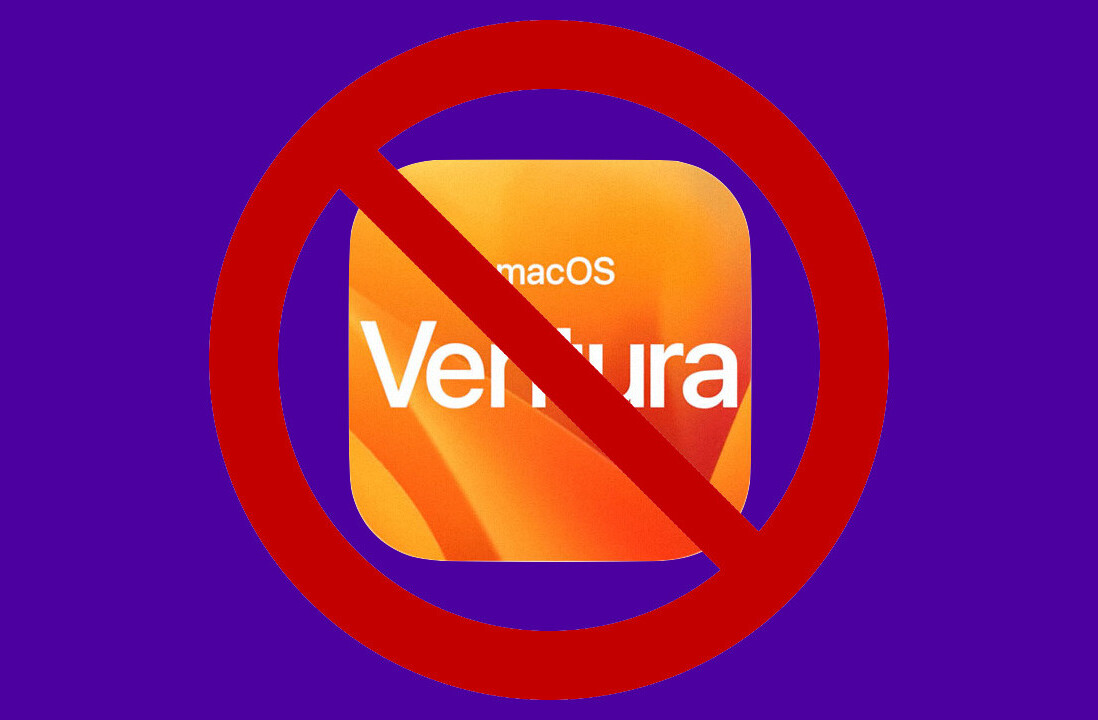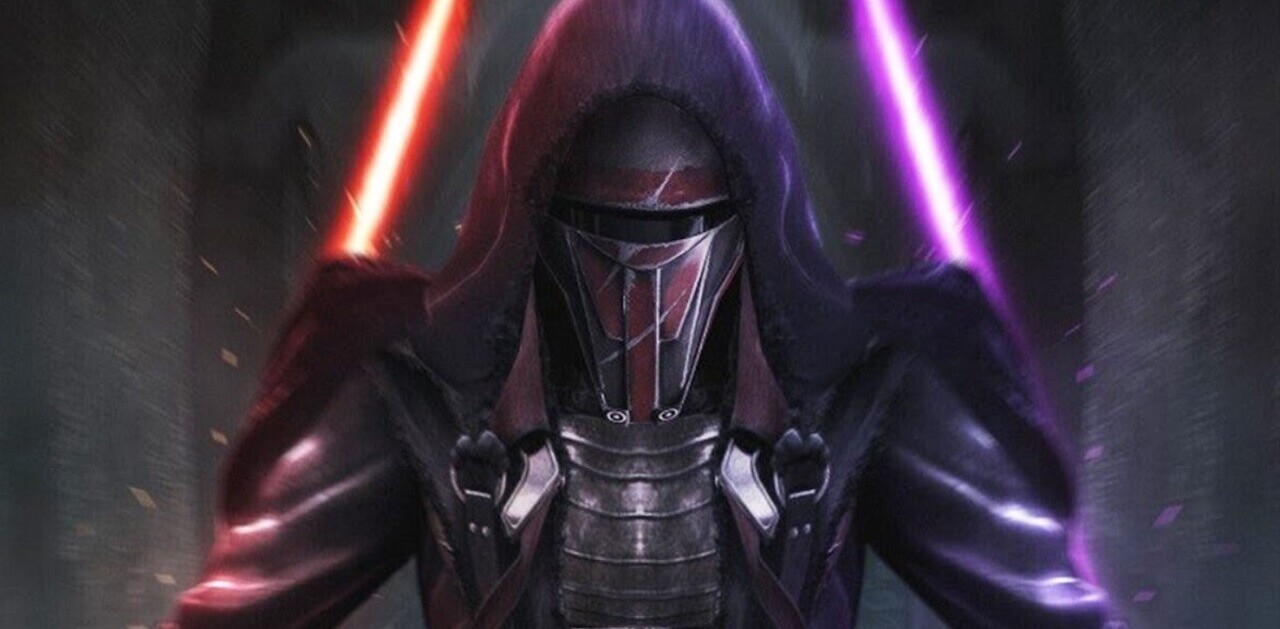
The team behind OUYA announced today that OnLive, an on-demand gaming service that can stream to pretty much any device, will be available on their Kickstarter-funded hardware.
It’s an intriguing partnership. OnLive already has its own miniature set top box and dedicated controller for the big screen. With a low price point and minimal hardware specifications (it streams from the cloud, after all) you would have thought they would want to be rivals, not collaborators.
However, both parties get an interesting edge out of the deal. For OUYA, it suddenly has a way of making its hardware futureproof. The traditional ‘big three’ in the home console market are under an enormous amount of pressure regarding exactly how powerful their next systems will be. The Wii U, set to be released later this year, has already been criticised for not being ‘next gen’ enough, and only equal to or slightly above the graphical capabilities of the Xbox 360 and PlayStation 3.

Similarly critics are asking how long it will take for OUYA to feel underpowered both by developers and gamers. It’s built on Android after all, an operating system which Google is constantly improving and tweaking for future devices. It’s also meant to be the size of a rubik’s cube; a clear indication of the power it’s packing.
With OnLive support OUYA can technically stream any title, both now and in the future. Provided OnLive carries it – which some say has been an issue in the past regarding new releases – players should be able to play whatever they like from the day OUYA is launched. Admittedly OnLive requires a consistent and fast broadband connection (especially for multiplayer or high definition displays), but it’s an option which should only get better as time goes on. It’s the unique selling point which OnLive has tried to pioneer itself, but failed either due to a lack of marketing or consumer faith in cloud gaming.
The move is significant for OnLive too because it shifts its focus ever more on being a service, rather than a hardware choice. Being on OUYA will no doubt improve the brand recognition of OnLive, reminding players once again that they can continue playing their games on other, more mobile devices such as a tablet or netbook. While OUYA is focused on bringing mobile games back to the living room, there’s no harm in allowing OnLive to make it portable again too.

OnLive will also improve its chances for gaining revenue through game purchases. It’s difficult to determine how much of OnLive’s profits come from this source rather than hardware sales (I imagine quite a bit), but teaming up with OUYA will only improve its chances of a consumer clicking ‘buy’ next to a new title.
The announcement today should also give Sony something to think about in the coming months, given its recent acquisition of Galkai. The buyout, which cost Sony roughly $380 million earlier this month, was a reminder that the company is keen to improve its online offering both for existing and future hardware. It was a strong statement; aside from OnLive, there’s no cloud-based games company with quite the same clout as Galkai.
Regardless, OUYA and OnLive are a very good fit. Both consoles are young and looking to bring fresh ideas to the home console space. What they lack in experience and consumer loyalty, they’ll likely make up for with a brilliant price point and ability to pivot when needed. Together, they’ll no doubt bring even more backers to the OUYA Kickstarter before it closes in just under two weeks. Once again, it looks like OUYA just got a whole lot more interesting.
Get the TNW newsletter
Get the most important tech news in your inbox each week.





